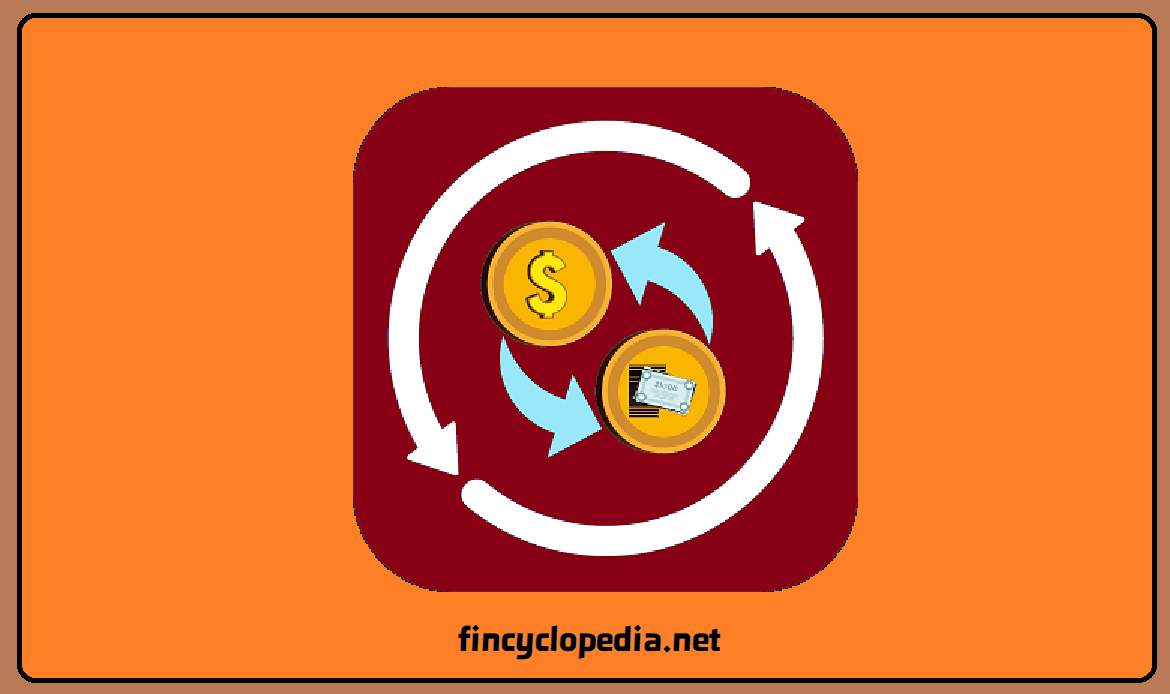A currency market tool, similar to an option, which is used principally to avail of a move in the underlying currency that slides out of a specified level without incurring an investor an explicit premium for having the right, without the obligation, to exercise. The forward reverse option specifies a delivery price and a “break” price (similar to a strike in options) at which the forward price can be beaten or “broken”. This implies that the currency contract can be unwound at a prespecified date (dates) during the option’s life. At maturity, the break price will be paid on a long forward position if the difference between the spot price at maturity and the break price is positive. For example, if the break price is $15 and the delivery price is $120, then for a spot price of $100, the payoff to the long forward position is 100-120= – $20 (i.e., a loss of $20). In this case, it would be worthwhile to pay the break price ($15) instead of losing $20. Since the cost of a forward reverse option is nothing at inception, it resembles a deferred premium option.
The forward reverse option is also known as a capped forward, a cancellable forward, a Boston option, a cancellable option, a forward break, a cancellable forward exchange contract, a conditional forward purchase contract, a forward with option exit(FOX), a guaranteed rate on delivery, a knock-out forward, a trigger forward, and a break forward. If the underlying is an interest rate, the break forward becomes a cancellable swap.





